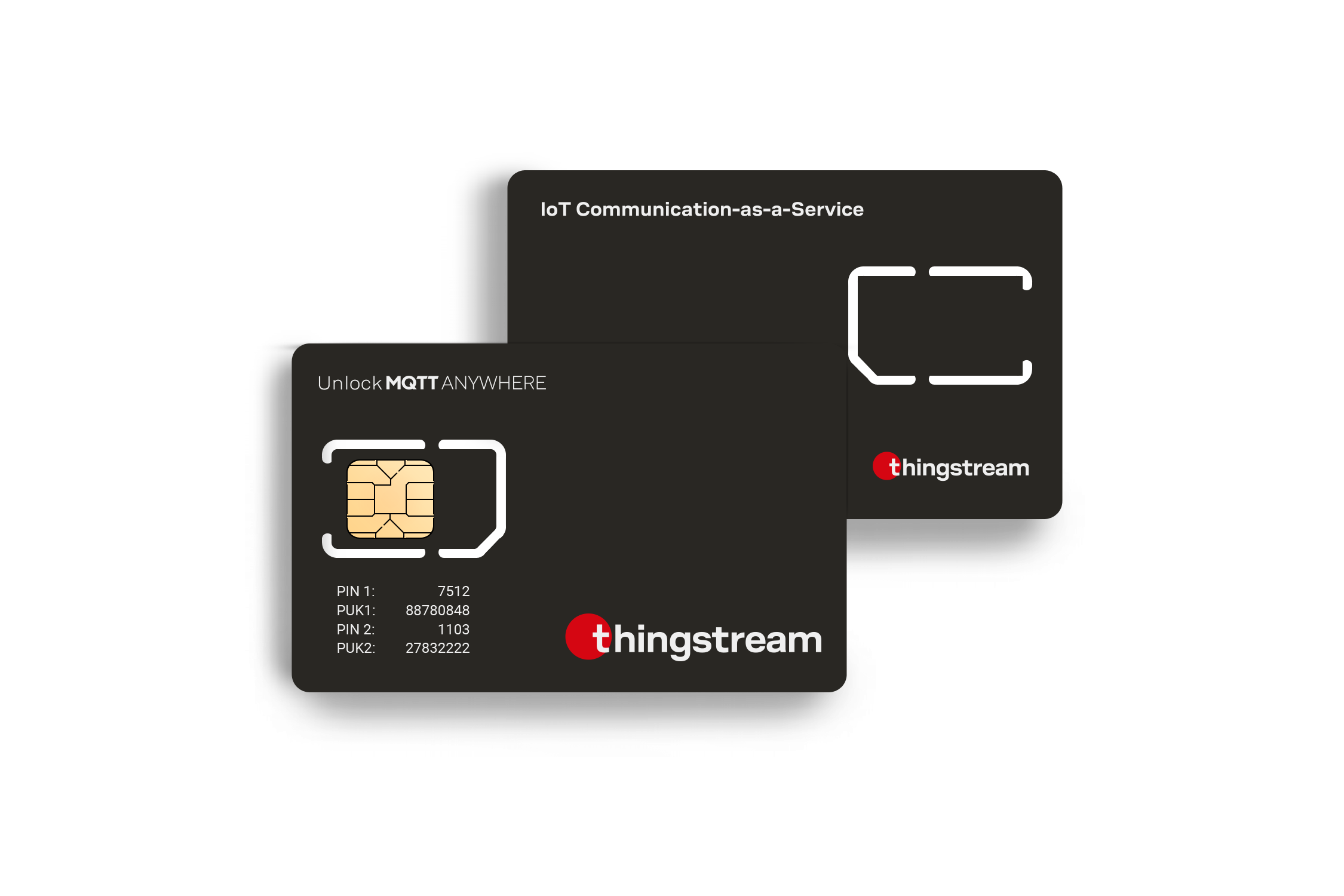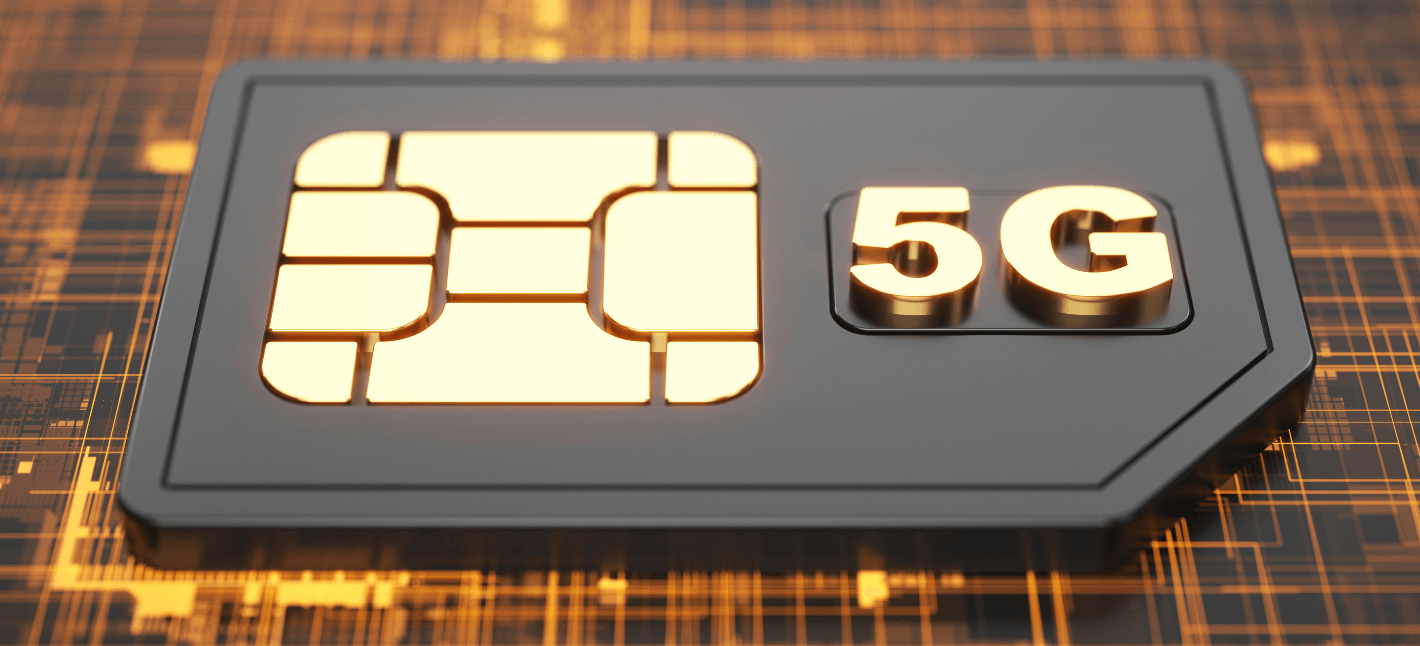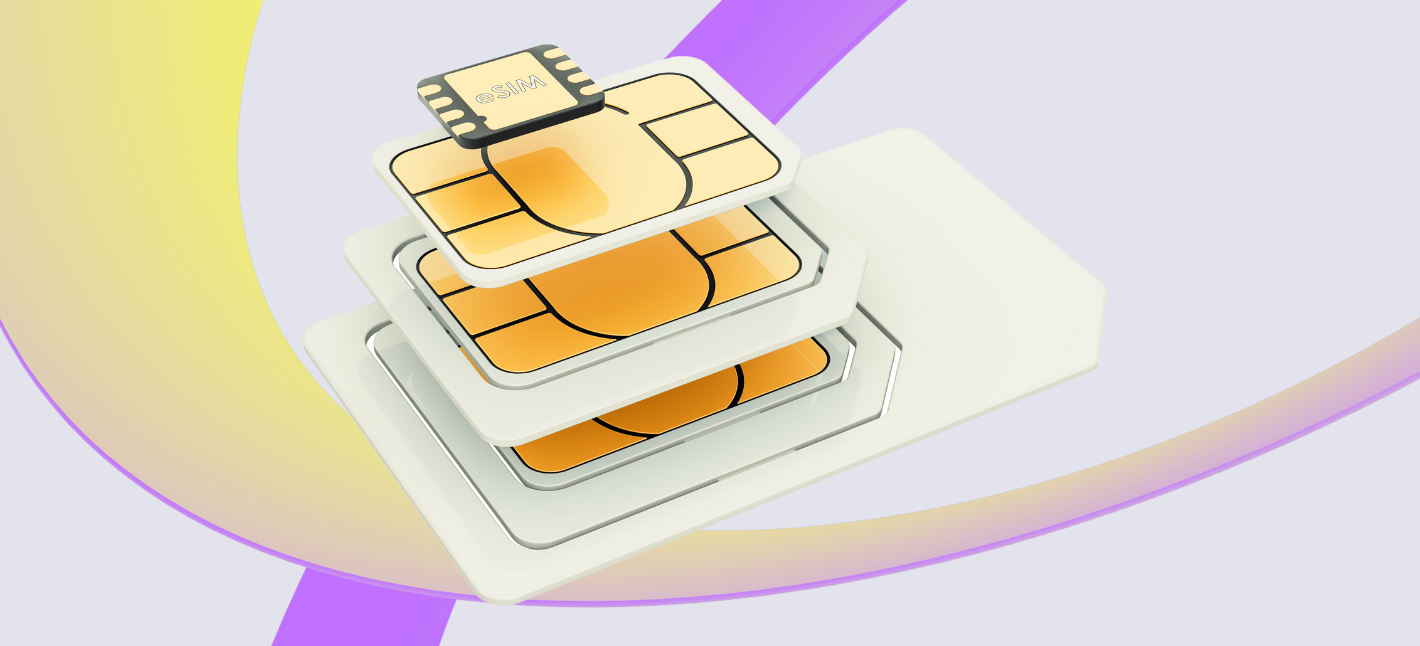Remote Access To Iot Devices What Is the IoT Overview?
Remote Access To Iot Devices What Is the IoT Overview?
Blog Article
Benefits Of Remote Access Iot Devices 2024 IoT Smart Device Trends
The introduction of the Internet of Things (IoT) has reworked varied sectors, promising enhanced effectivity and connectivity. However, the potential of IoT in rural areas faces significant hurdles because of connectivity issues. Despite the huge benefits that IoT can present, including automated farming, telemedicine, and smart home options, the reality is that many rural areas are still fighting inadequate connectivity.
Many rural areas lack the necessary infrastructure to support reliable web connections. Traditional broadband services are sometimes limited or non-existent in these areas, resulting in a reliance on satellite or cell networks, which may not be sturdy enough to deal with excessive data site visitors. The distance from city facilities often interprets to higher costs for suppliers, leading to fewer investment incentives in these areas.
Iot Devices What Is the Internet of Things?
The demands of IoT units require a constant and steady internet connection to perform optimally. Without this, gadgets ship and receive knowledge intermittently, resulting in poor efficiency and unreliable readings. For agricultural IoT applications, this could mean malfunctioning sensors that fail to supply correct data on soil situations, moisture levels, or crop health, ultimately affecting farm productiveness.
Moreover, community congestion is another important problem. In rural regions with low inhabitants density, suppliers may supply restricted bandwidth due to the fewer variety of users. As more units connect to the network, speeds can plummet, making it challenging for IoT methods that rely upon real-time data trade. This becomes particularly important in functions corresponding to distant healthcare, the place timely data transmission can be a matter of life and death.
Control Iot Devices Remotely What Is the Internet of Things?
The lack of superior telecommunications infrastructure typically leads to high latency points in rural areas. Latency is the time it takes for data to travel from the source to the vacation spot and again. High latency can render IoT techniques ineffective, significantly in functions requiring instant suggestions, similar to remote monitoring of medical patients. When data takes too long to course of, important data could additionally be delayed, compromising the effectiveness of interventions.

Another aspect to suppose about is the various levels of know-how literacy among rural populations. While some communities may embrace IoT technologies, others could view them with suspicion or lack the abilities to utilize them effectively. This digital divide additional exacerbates the connectivity points. Community education and coaching applications might promote broader understanding and acceptance of IoT systems, however their implementation requires assets which are often lacking in rural areas.
Security considerations additionally complicate the deployment of IoT technologies. Many rural areas usually are not well-equipped to deal with the cybersecurity threats that IoT devices can encounter. Weak community security can lead to unauthorized entry, data breaches, and even manipulation of linked units. This concern might deter each potential customers and investors from participating with IoT solutions in rural settings.
Example Of Iot Devices IoT Connections Worldwide 2022-2033
The geographical challenges faced in rural areas impact the deployment of IoT infrastructure. Dense forests, mountains, and different geographical features can impede signals and decrease the quality of connectivity, making it difficult for devices to speak effectively. Although advancements like mesh networks are promising, implementing them in sparsely populated areas could be inefficient and costly.
Collaboration between private and non-private sectors is significant to overcoming these connectivity challenges. Infrastructure investment should prioritize rural areas that, historically, have seen little consideration. Programs that incentivize suppliers to expand their companies into these regions might spur development and provide important connectivity. Rural communities could be outfitted with the mandatory expertise to effectively combine IoT solutions.
Innovative solutions corresponding to community Wi-Fi networks may provide another pathway to improved connectivity. By pooling sources and creating shared networks, rural communities can create their independent, strong connections. Public entry points can enhance connectivity for multiple users, stabilizing the network for IoT purposes and bettering total digital access.
Remote Connect Iot Devices Examples 60+ IoT Statistics (2024-2030)
Regulatory frameworks also play a crucial function in addressing connectivity points. Policies that foster competitors among service providers can lead to higher companies and pricing for shoppers. Additionally, government initiatives that allocate funds for expanding broadband infrastructure into rural areas can change the panorama of connectivity for IoT functions.
Successful case research from totally different parts of the world can information rural areas fighting IoT connectivity issues. Solutions that have worked in related settings can provide a roadmap for local stakeholders. These examples can inspire collaboration among neighborhood organizations, governmental companies, and personal companies to foster a more linked rural environment.
List Of Iot Devices Top 10 IoT Device Vulnerabilities
A multi-faceted strategy is essential to sort out the complicated web of points surrounding IoT connectivity in rural areas. This includes enhancing bodily infrastructure, building community consciousness, and creating progressive insurance policies aimed toward increasing entry. Stakeholders must embrace the potential of IoT technology whereas acknowledging and addressing the barriers that at present exist.
Unlocking the complete potential of IoT in rural areas could result in transformative benefits, from improved agricultural practices to enhanced healthcare companies. While connectivity challenges might sound daunting, they aren't insurmountable. With concerted efforts and collaboration, rural communities can navigate these issues and reap the advantages of a connected future. Remote Iot Monitoring Devices.
The journey towards bridging the connectivity hole in rural areas is a protracted one, however the strides made today will lay the groundwork for a future where IoT technologies can thrive. As awareness grows and funding follows, rural communities can harness the facility of IoT to enhance their quality of life, economic prospects, and sustainability.
Control Iot Devices Remotely IoT Connectivity Types Overview
Efforts aimed at systematically addressing these connectivity points will ultimately contribute to closing the digital divide. Greater access to IoT technologies will empower rural residents, promoting inclusivity and opening doors to opportunities they might have thought were beyond their reach. The road might be challenging, but the end goal—a extra linked and affluent visit this web-site rural community—make all of it worthwhile.
- Limited access to high-speed internet as a end result of sparse infrastructure can hinder IoT device functionality in rural regions.
- Geographic barriers, such as mountains or dense forests, can obstruct sign transmission, leading to inconsistent connectivity.
- Dependency on satellite tv for pc or cellular networks typically results in excessive latency, affecting real-time information processing from IoT devices.
- Environmental elements like excessive climate can disrupt wireless signals, causing frequent service interruptions for IoT applications.
- Low inhabitants density makes it economically unfeasible for service suppliers to put money into extensive connectivity options, limiting choices for residents.
- Lack of technical help and resources for IoT set up and maintenance can lead to extended downtimes in rural areas.
- Power supply inconsistencies can influence the reliability of IoT gadgets, particularly in regions with frequent outages.
- Inadequate regulatory frameworks can decelerate the deployment of contemporary connectivity solutions, affecting IoT scalability in rural markets.
- Farmers and businesses might lack awareness or training on IoT technologies, leading to underutilization even when connectivity is on the market.
- IoT security vulnerabilities could additionally be exacerbated by unreliable connections, making rural installations vulnerable to breaches and data loss.
What are the principle IoT connectivity points faced in rural areas?

Rural areas often face challenges like restricted internet infrastructure, low bandwidth, and unstable connections. Iot Devices Examples. This can result in issues in gadget communication and data switch, affecting the effectiveness of IoT applications.
Example Of Iot Devices Connected IoT Devices Growth Rate
How does low inhabitants density impact IoT connectivity?
Low population density can make it economically unfeasible for service suppliers to put money into robust infrastructure. This leads to fewer connectivity choices and degraded service high quality, complicating IoT deployments in these areas.
What are some options to improve IoT connectivity in rural areas?
Solutions include deploying satellite or mesh network technologies, using LPWAN (Low Power Wide Area Network) systems, and authorities initiatives to enhance broadband infrastructure. These strategies can present extra reliable connectivity choices.
How To Connect Iot Devices Analysis of IoT Devices at Home
Are there particular IoT purposes that struggle more in rural areas?

Yes, functions like smart agriculture, health monitoring, and environmental sensors usually face important challenges because of connectivity points. These solutions require consistent data transmission, which may be hindered in rural settings.
Can IoT gadgets function offline in rural environments?
Monitor Iot Devices What Is IoT? Internet Overview
Many IoT devices may be designed to store data domestically and synchronize once connectivity is re-established - Remote Access Iot Devices. This feature might help mitigate interruptions attributable to unreliable internet connections.

What role do authorities policies play in addressing IoT connectivity issues?
Government insurance policies can facilitate improved infrastructure investments, grants for rural broadband tasks, and regulatory support for new technologies. Initiatives that promote collaboration between private and non-private sectors can significantly improve connectivity.
What Is Iot Devices What Is IoT Device Management?
How can businesses get involved in enhancing IoT connectivity efforts?
Businesses can companion with native governments, put cash into community infrastructure, or develop innovative IoT solutions tailored for rural challenges. Collaborations can lead to shared benefits and enhanced connectivity for communities.
What are the cost implications of addressing IoT connectivity in rural areas?
Investing in infrastructure upgrades can be pricey, but the long-term benefits embrace elevated productiveness and economic development. Financially viable solutions like shared community resources or public-private partnerships may help distribute costs successfully.
Iot Devices Internet of Things Gateway Devices
How do climate and geographical components affect IoT connectivity in rural settings?
Severe climate circumstances and geographical obstacles can interrupt signals and degrade performance. Ensuring sturdy design recommended you read and utilizing adaptive communication technologies might help manage these environmental challenges effectively.
Report this page